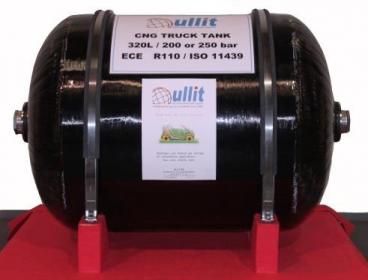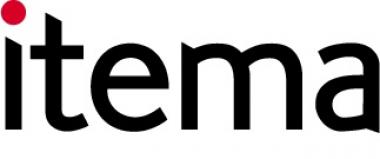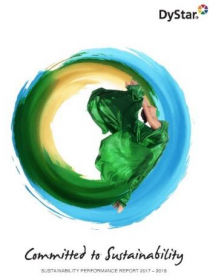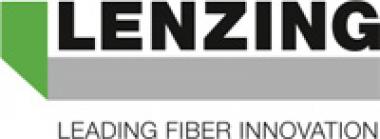JEC World 2019 Sika Advances Resins innovates with its new high-performance resin
At JEC World 2019, Sika Advanced Resins will unveil Ullit’s new composite tank for trucks that run on compressed natural gas (CNG).
Together with its tailor-made epoxy system designed by Sika Advanced Resins, who are a leader in the development and production of high-performance resins, the tank helps to reduce pollution in urban traffic.
An epoxy laminating system that adapts to different designs
The tank, which contains up to 320 liters is the same size as a conventional diesel fuel tank. "We have been innovating together for more than 10 years! Sika Advanced Resins has developed a specific resin for our new range of high-pressure tanks. This high-performance resin can be adapted to all design constraints, particularly for our very high-pressure hydrogen tanks, up to 700 bar," explains Ullit founder and CEO Claude Hembert.
Sika Advanced Resins has used its expertise to develop a tailor-made resin to withstand the cyclic pressurization loads on the filament-wound tanks. In combination with carbon fiber the resin provides mechanical resistance for different tank shapes including those for vehicles running on natural gas. "The tank is placed in the same place as a diesel fuel tank and avoids the need for transformations in trucks. In addition Ullit-Sika composites reduce the weight of the tank by a factor of four, a huge benefit when we estimate that one tonne saved on a truck saves four liters of fuel per 100 kilometers in urban traffic," explains Patrick Noirclerc, Local Expert Composites at Sika Advanced Resins.
Agence Apocope











